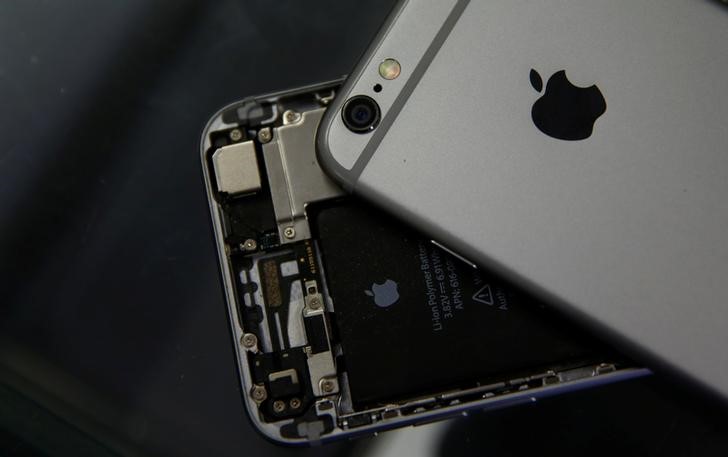Lead times for Apple's (NASDAQ:AAPL) iPhone 16 lineup have expanded across several key markets, suggesting strong demand, albeit with some mixed signals for higher-end models.
Analysts at Citi highlighted that iPhone 16 base model lead times have increased by approximately a week across the U.S., China, India, and the UK.
The Pro model saw an increase of 3-7 days in most regions, while the Pro Max had more varied results: stable in the U.S. and UK, but increasing in India and decreasing in China.
Despite the shorter lead times compared to the iPhone 15 Pro models, supply chain improvements are a factor this year, and features tied to Apple's new iOS 18 could further impact demand during this sales cycle.
“We believe the availability of the Apple Intelligence iOS18 features will likely influence IP16 sales cycle and seasonality this year,” analysts noted.
Analysts at JPMorgan reported similar trends, noting that the global lead times for the iPhone 16, 16 Plus, 16 Pro, and Pro Max have increased to 17, 16, 23, and 29 days, respectively.
In comparison, the same models from the previous generation had longer lead times, especially for the Pro models.
In the U.S., the iPhone 16 Plus saw the most notable increase, with lead times jumping to 13 days from just 5 earlier in the week. The Pro Max model's lead time also rose from 23 to 28 days.
“Looking forward, it would be a critical datapoint to watch for whether lead times moderate into Wk3 and the magnitude thereof as an indicator of momentum of demand for 2H24 prior to broader release of Apple Intelligence,” analysts at JPMorgan said.
Separately, analysts at Goldman Sachs also said that Apple's lead times are tracking similar to those of the iPhone 15 during the same period last year, but demand appears to be weaker for the higher-end Pro models.
This suggests that while Apple is seeing healthy demand for the base models, it is not experiencing the same supercycle effect seen in prior years. The Wall Street bank expects lead times to stabilize as supply catches up with demand.
